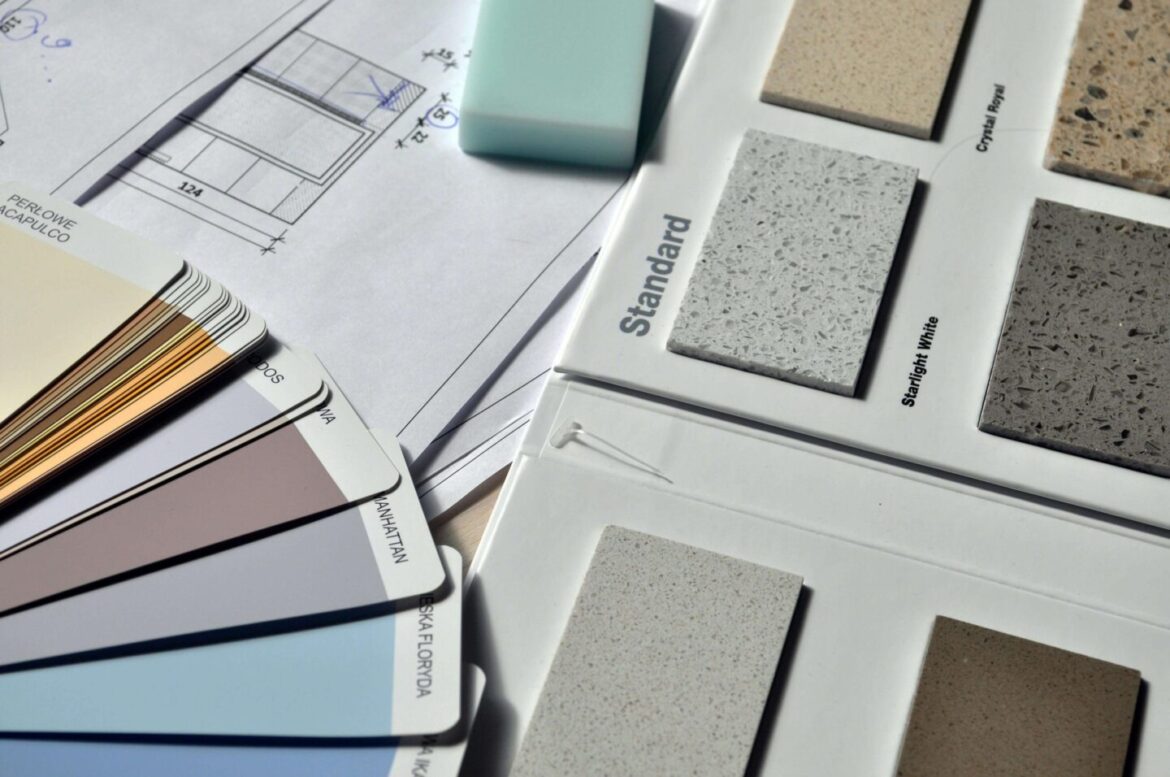Home renovation trends in today’s real estate are evolving faster than ever, driven by shifting buyer preferences, economic factors, and technological innovation. For professionals across the industry—agents, appraisers, brokers, and inspectors—understanding how these trends influence property values is critical.
Whether you’re pricing a listing, assessing a home’s value, negotiating repairs, or advising clients, having a pulse on what renovations impact appraisals (and how) gives you a competitive edge. Let’s dive into the top home renovation trends currently shaping the appraisal process—and what that means for your role in the transaction.
1. Kitchens Are Still King—But Not Just Any Kitchen
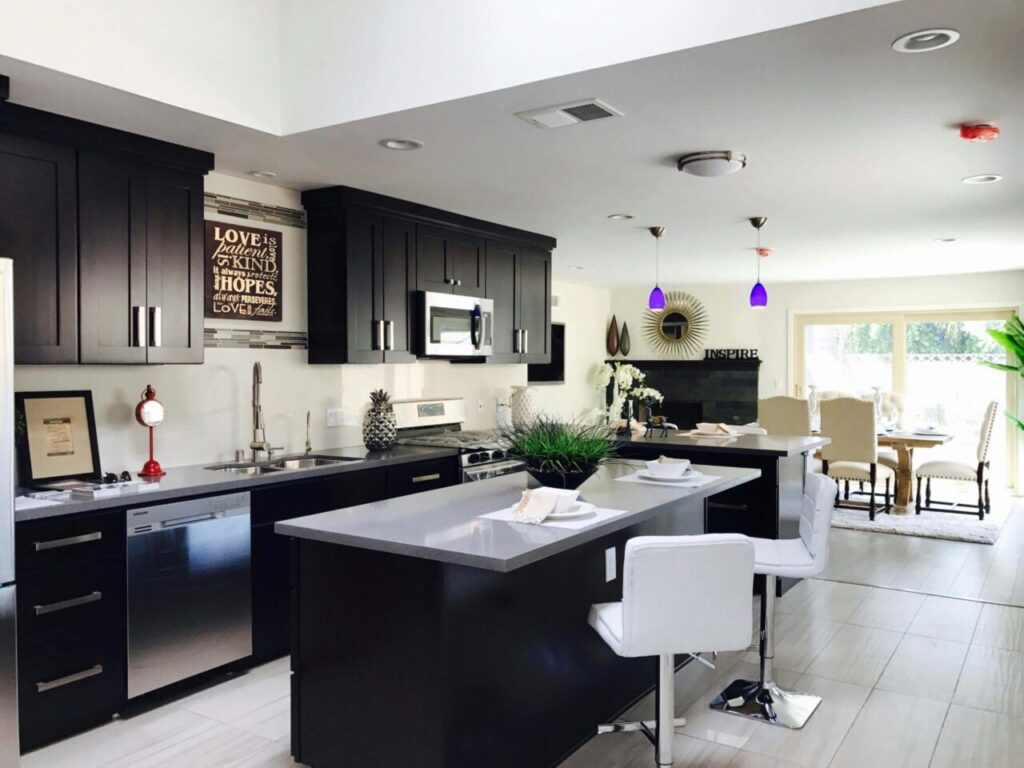
It’s no surprise that kitchen remodels are among the most value-boosting renovations. However, today’s buyers aren’t just looking for granite countertops and stainless steel appliances. They want smart, sustainable, and open.
Trends That Are Adding Value:
- Quartz countertops (more durable and modern-looking than granite)
- Energy-efficient appliances with smart tech
- Large kitchen islands with seating and storage
- Open shelving and minimalist cabinetry
- Walk-in pantries for organized storage
Appraisal Impact:
Appraisers often reference comparable homes with similar upgrades. If other homes in the area have modernized kitchens, a dated one could drag down value. Conversely, a trendy, high-functioning kitchen can bump up marketability and perceived worth.
2. Home Offices: More Than a Niche Feature

Remote and hybrid work have become standard for many, so a dedicated home office isn’t just a bonus—it’s a priority.
What’s Trending:
- Converted bedrooms or dens with built-in desks and shelving
- Soundproofing and high-speed internet upgrades
- Dual-purpose rooms with Murphy beds or hidden storage
Appraisal Perspective:
While a home office won’t be listed as an official “room” in the square footage count unless it meets specific criteria (like a window and closet), its functionality is noted in the appraisal. If it’s a well-designed, dedicated space, it could increase desirability and contribute to value, especially in suburban markets.
3. Outdoor Living Is a Big Deal
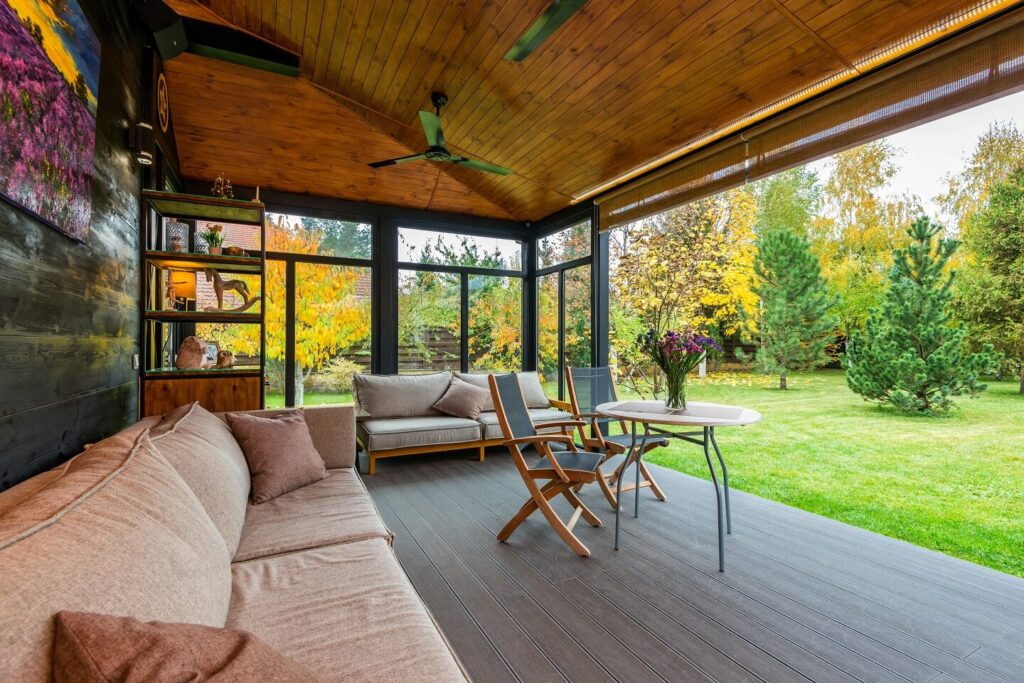
Post-2020, outdoor living has taken on new meaning. Buyers now value outdoor spaces as extensions of their homes.
Hot Features:
- Covered patios, pergolas, and decks
- Outdoor kitchens with built-in grills and mini-fridges
- Fire pits and water features
- Landscaped yards with smart irrigation systems
Valuation Insight:
Not all outdoor upgrades are created equal. An appraiser might assign more value to a deck or patio than a luxury fire pit, especially if comparable properties don’t have similar features. However, professionally installed, functional outdoor living spaces generally support higher appraised values in competitive markets.
4. Energy Efficiency and Sustainability
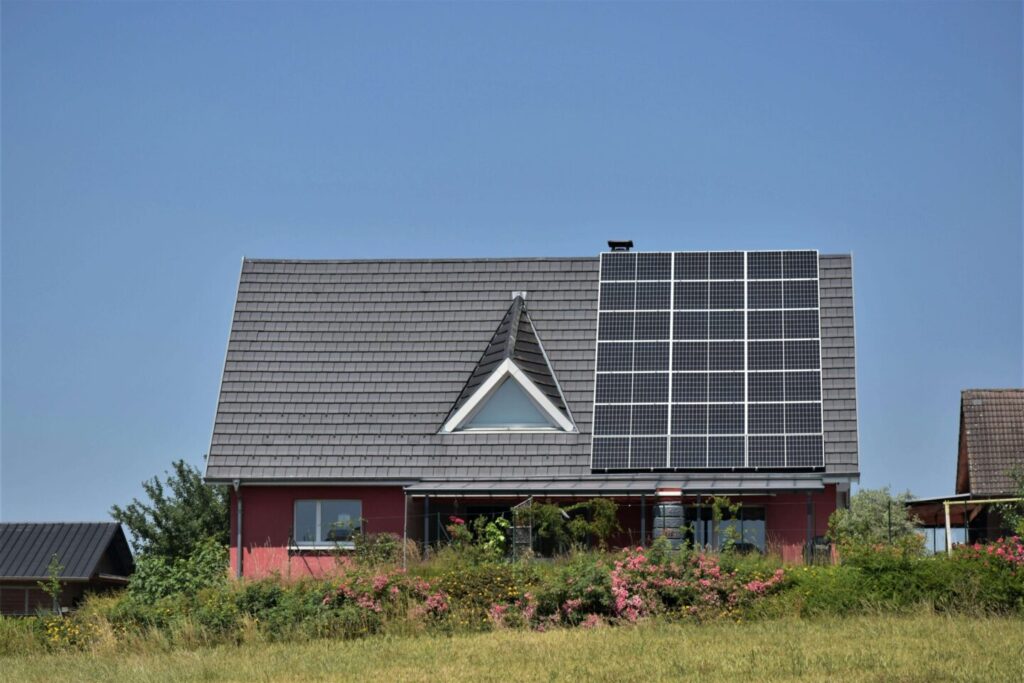
Green upgrades aren’t just good for the planet—they’re increasingly important to buyers and appraisers alike.
High-ROI Eco Features:
- Solar panels
- High-efficiency HVAC systems
- Tankless water heaters
- Energy Star-rated windows and insulation
How It Affects Appraisals:
If the upgrades lead to lower utility costs and are common in the area, they can contribute to higher valuations. Appraisers may also include energy-efficient certifications (like HERS scores or LEED ratings) in their reports. However, the local market must support the value of these improvements—solar panels, for example, may not raise appraisals significantly in areas where they’re uncommon.
5. Smart Home Technology: Value with a Catch

From smart thermostats to video doorbells, integrated home tech is in demand. Buyers love convenience and security, but how do appraisers view these features?
Popular Additions:
- Smart lighting and thermostats
- Security systems with cameras
- Voice-controlled assistants and smart hubs
Appraisal Notes:
Smart tech can influence buyer interest, but it’s not always appraised at full cost unless it’s permanently installed and comparable homes offer similar features. Temporary or portable gadgets (like plug-in hubs or standalone cameras) don’t typically add value. However, wired systems—like integrated alarm systems or smart HVAC—can support a higher appraisal if they enhance the home’s utility or appeal.
6. Multigenerational Living Spaces
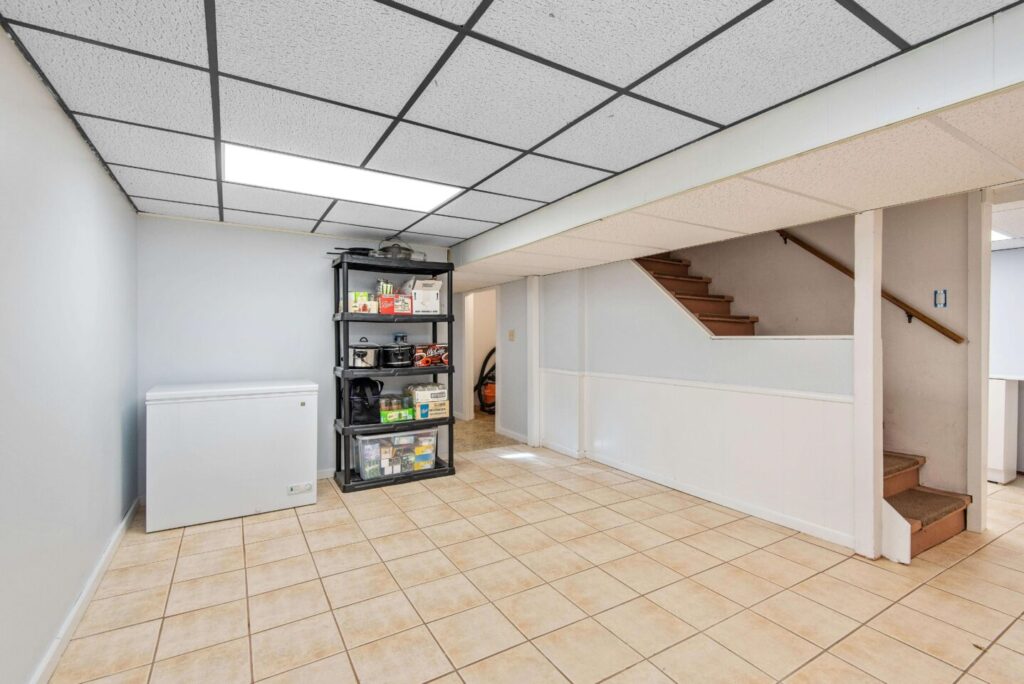
With the rise of multigenerational households, there’s a growing demand for homes that accommodate ageing parents, adult children, or even rental units.
Trending Renovations:
- Finished basements with separate entrances
- Garage conversions
- Attached or detached in-law suites
- Dual kitchens or laundry rooms
Appraisal Considerations:
Legal status matters. If the space is permitted and zoned for a separate dwelling unit (ADU), it can add considerable value. Unpermitted renovations, however, can backfire—sometimes even lowering appraised value or causing issues during underwriting. Agents and brokers should always verify permits before promoting the benefits of a multigenerational setup.
7. Luxury Bathrooms and Spa Features
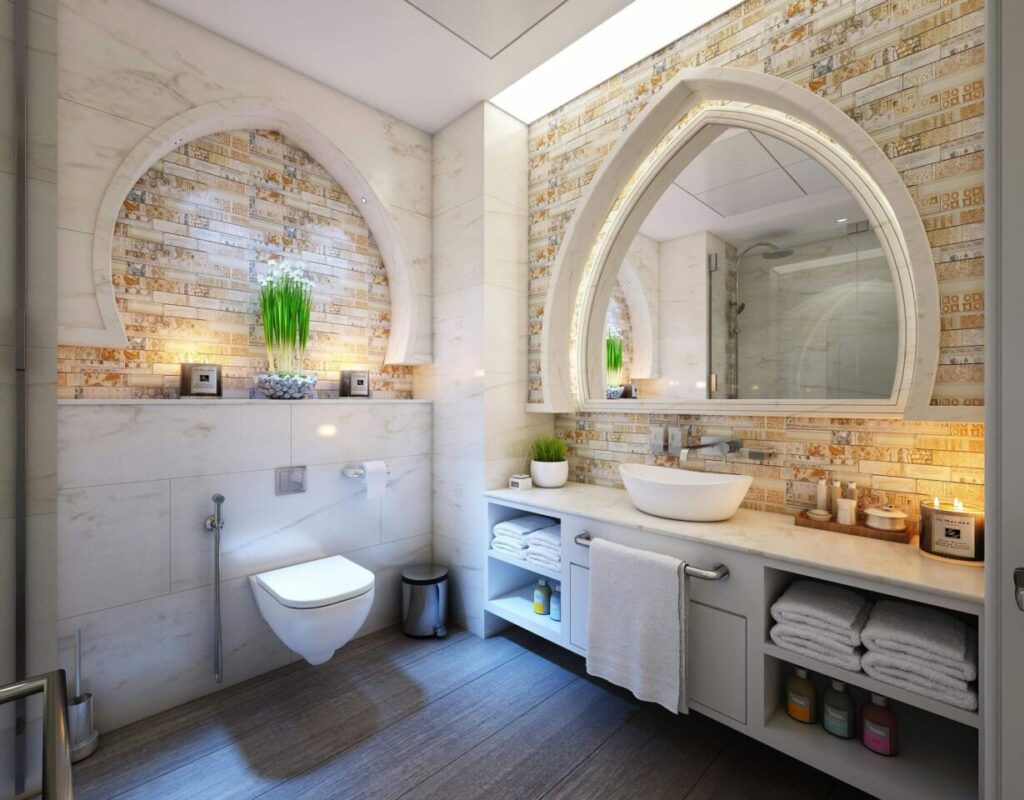
Today’s buyers are gravitating toward bathrooms that feel more like private spas, especially in the primary suite.
Renovation Features:
- Walk-in showers with multiple heads
- Freestanding soaking tubs
- Heated floors and towel racks
- Floating vanities and backlit mirrors
Appraisal Impacts:
High-end bathroom remodels can offer good ROI if consistent with neighborhood standards. Over-customization or luxury features in a mid-market neighborhood, however, might not yield proportional appraisal increases. Function and appeal matter just as much as finish quality.
8. Open Floor Plans vs. Defined Spaces
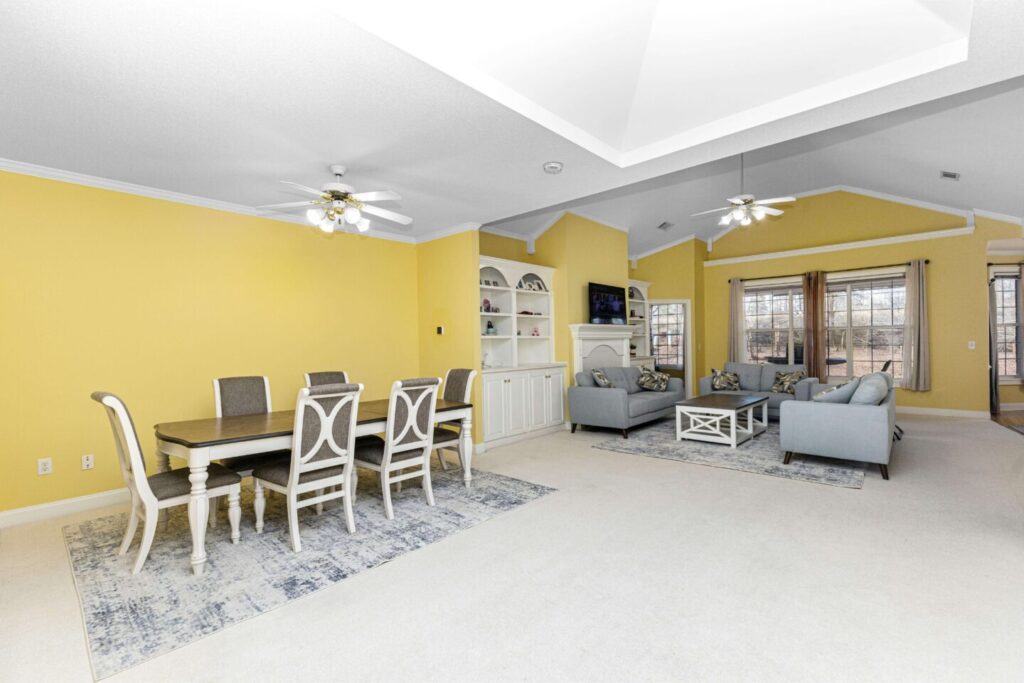
Open floor plans have been a mainstay for years, but there’s a slight pendulum swing happening. Buyers now want open, but not too open.
Emerging Layout Trends:
- Half walls, arches, or glass dividers
- Pocket doors or sliding panels to create flex spaces
- Defined nooks for dining or working
Appraisal Implication:
While layout preferences are subjective, appraisers consider how well a layout supports function and flow. Removing walls to open up space can help appraised value—if done correctly. Structural modifications must be permitted and safe. Poorly executed or awkward open spaces may detract from value or usability.
9. Curb Appeal and First Impressions
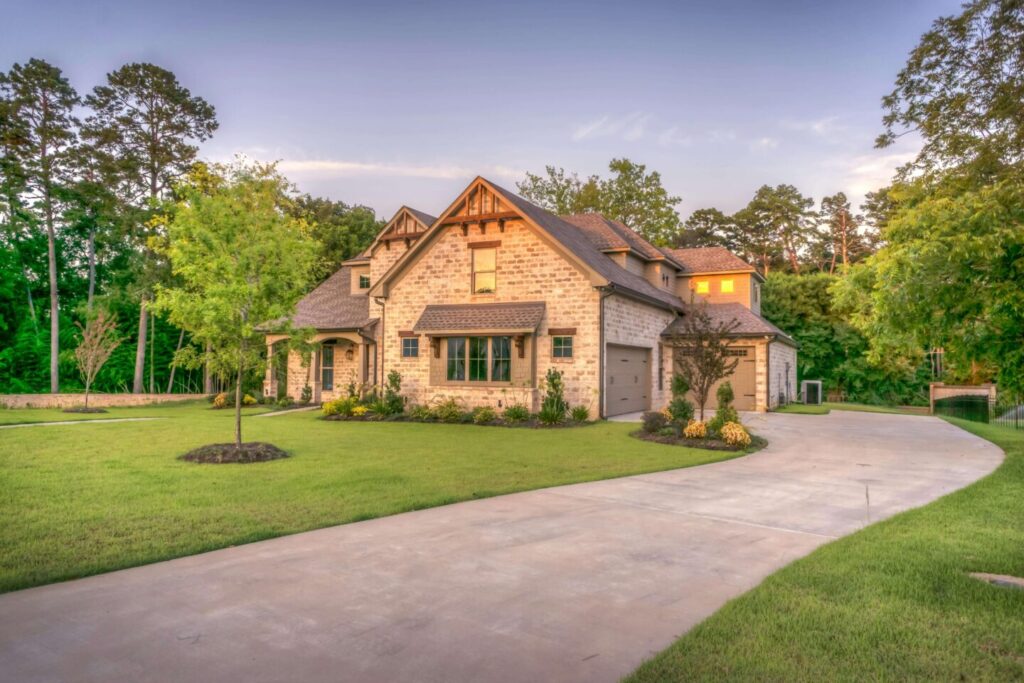
Renovation doesn’t stop at the front door. First impressions matter—and they influence perception during both showings and appraisals.
High-Impact Exterior Upgrades:
- New siding or paint
- Modern garage and entry doors
- Updated lighting and house numbers
- Landscaping and hardscaping
What Appraisers Look For:
While curb appeal upgrades don’t have direct dollar-for-dollar value increases, they affect the overall condition rating and perceived quality of the home. A well-maintained exterior signals a well-cared-for property—something every appraiser takes into account.
10. Permits and Professional Work Matter More Than Ever

One major trend that’s affecting both appraisal values and deal timelines? The scrutiny around unpermitted work.
What Pros Need to Watch:
- DIY renovations without proper inspections
- Garage conversions, basement finishes, or room additions lacking permits
- Electrical and plumbing updates done without code compliance
Consequences:
Appraisers must flag any unpermitted work that can reduce its value or disqualify it from being included in the appraisal. For agents and brokers, this can delay or derail closings. For inspectors, it’s a red flag. Encouraging clients to document upgrades, pull permits, and keep receipts is now a must.
Final Thoughts for Industry Pros
Understanding how home renovation trends affect appraisals is essential for navigating modern real estate. Whether you’re listing a property, underwriting a loan, inspecting a home, or preparing a valuation, staying informed helps you guide clients with confidence and accuracy.
Here’s a quick checklist you can use when evaluating renovations:
- Is the work permitted and professionally done?
- Does it align with the neighborhood’s value range?
- Is the feature functional and desirable to today’s buyers?
- Is it permanent or portable (i.e., will it stay with the home)?
- Are there comparable properties with similar improvements?
The real estate market is dynamic, and the value of a renovation is never one-size-fits-all. But with the right insights, you can help clients make informed decisions—and ensure that the value added through renovation translates into real dollars at the closing table.
